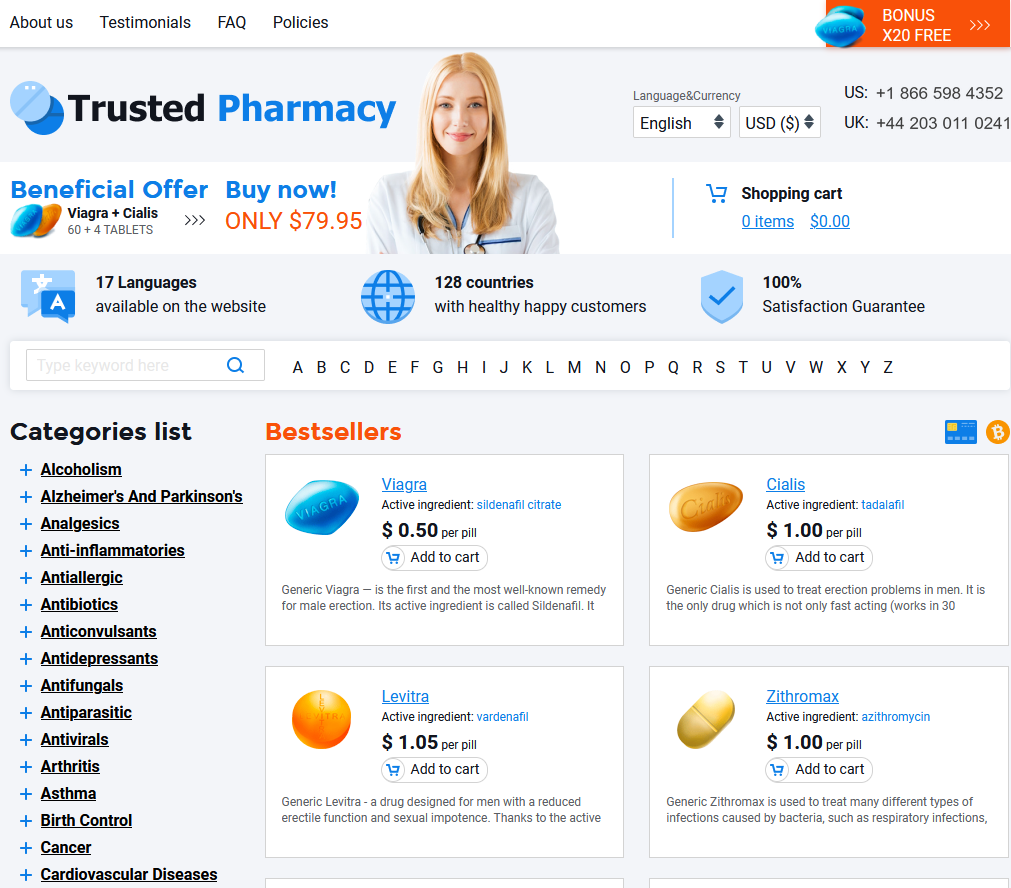Bimatoprost: Myths Vs. Facts Uncovered
Debunking the “miracle Lash Growth” Hype
For many seeking longer, fuller lashes, bimatoprost has gained near-legendary status. Stories circulate online of overnight transformations, fueling lofty expectations among new users. Yet, the reality proves far more nuanced than viral testimonials suggest. Clinical studies reveal that while bimatoprost can enhance lash growth, results are gradual and modest, requiring daily commitment for several weeks.
Most participants notice improvement after two to four months—not dramatic change overnight. The initial surge of enthusiasm tends to overlook this timeline. In clinical trials, only a portion of users achieved visibly fuller or longer lashes, contrary to “miracle” anecdotes.
Below is a summary of realistic expectations, based on available clinical data:
| Aspect | Reality |
|---|---|
| Timeline for Results | 8-16 weeks of daily use |
| Visible Lash Growth | Gradual, not dramatic overnight |
| Effect on All Users | Varies—some see minimal change |
Addressing the Fear of Permanent Eye Color Change

Stories of irises turning brown have fueled anxiety among those considering bimatoprost for thicker lashes. It’s true that the medication can increase brown pigment in the colored part of the eye, but this effect is very rare. Medical research shows the risk is much higher when bimatoprost is placed directly inside the eye as with glaucoma treatment—not when it’s applied along the lash line. If a color change does happen, it’s gradual and permanent, but documented instances in aesthetic use remain exceedingly uncommon. For the vast majority using bimatoprost for eyelash growth, the fear of changing eye color is largely overstated.
Clarifying Safety Concerns for Long-term Use
For many users, the idea of applying bimatoprost around sensitive eyes raises concerns about its safety with long-term use. Fortunately, clinical studies and years of real-world use reveal that bimatoprost is generally well-tolerated over extended periods when used as directed by healthcare professionals.
Ongoing monitoring and regular consultations help ensure early detection of any rare side effects, which are typically mild—such as redness or itching. Reports of severe complications remain exceedingly uncommon. Most users experience no major problems even after months or years of consistent application, making bimatoprost a reassuring option for those seeking results with ongoing supervision from their eye care provider.
Exploring Off-label Uses: Truth Vs. Fiction

While bimatoprost is FDA-approved for treating glaucoma and enhancing eyelash growth, curiosity about its other uses is on the rise. Skincare forums and social media often buzz with claims that bimatoprost can stimulate eyebrow or scalp hair regrowth. Although some anecdotal stories seem convincing, robust clinical evidence supporting these off-label applications remains limited.
Doctors may sometimes prescribe bimatoprost for eyebrow thinning, but results vary and aren’t guaranteed. When it comes to scalp hair loss, studies have not shown consistent or dramatic improvement. It’s vital to approach these unapproved uses with caution, as safety and efficacy haven’t been fully established.
Ultimately, while innovation and optimism drive interest, using bimatoprost beyond its intended purposes is still firmly rooted in experimentation rather than proven science.
Exposing Myths about Side Effects Frequency
Many people hesitate to try bimatoprost due to alarming stories about frequent and severe side effects. However, when we dive into clinical studies, a more nuanced picture emerges. Most individuals using bimatoprost report mild, temporary reactions, such as slight redness or itching near the application site—serious complications are exceedingly rare.
It’s crucial to understand that the most commonly encountered side effects are often reversible and diminish with continued use or after discontinuation. The key lies in proper application and following dosage instructions, which significantly reduces risks.
Healthcare professionals closely monitor patients and recommend stopping bimatoprost if any concerning symptoms arise. Let’s see how reported side effects compare according to scientific research:
| Side Effect | Estimated Frequency (%) |
|---|---|
| Eye Redness | 3-4% |
| Itching | 2-3% |
| Darkening of Eyelid Skin | <1% |
Understanding Bimatoprost’s Real Effectiveness Rate
Many people are drawn to bimatoprost hoping for dramatic lash transformation, but results can vary more than you might expect. Clinical studies show that about 78% of users notice visibly longer, thicker, and darker eyelashes after consistent use for several weeks. While most individuals experience some lash enhancement, few achieve the dramatic “falsies” effect often portrayed online.
It’s important to note that bimatoprost works best with regular daily application. If discontinued, lashes gradually return to their original appearance within weeks, highlighting the necessity of ongoing use.

